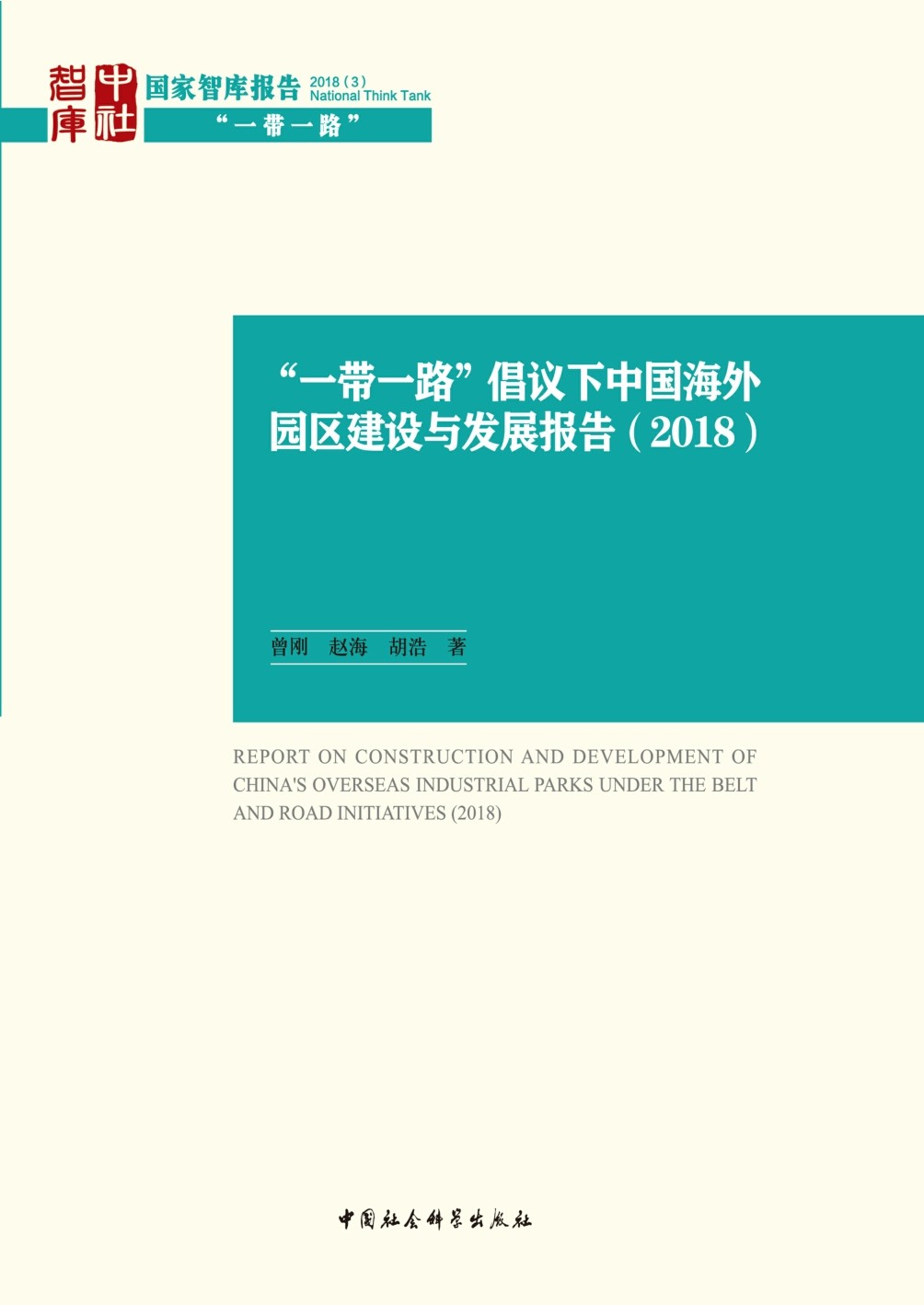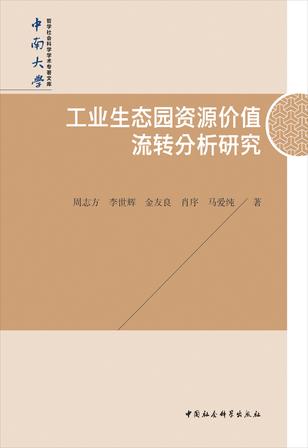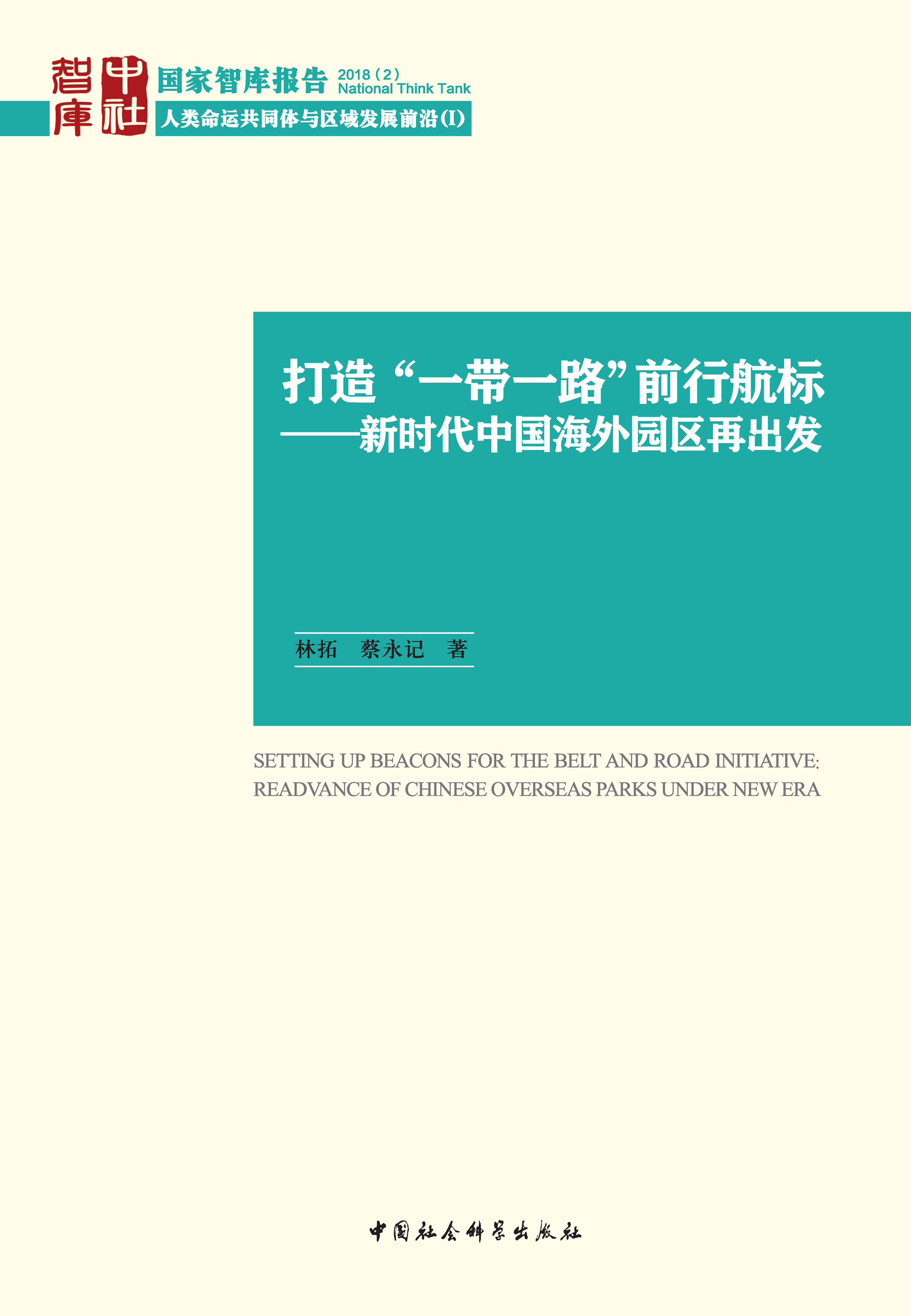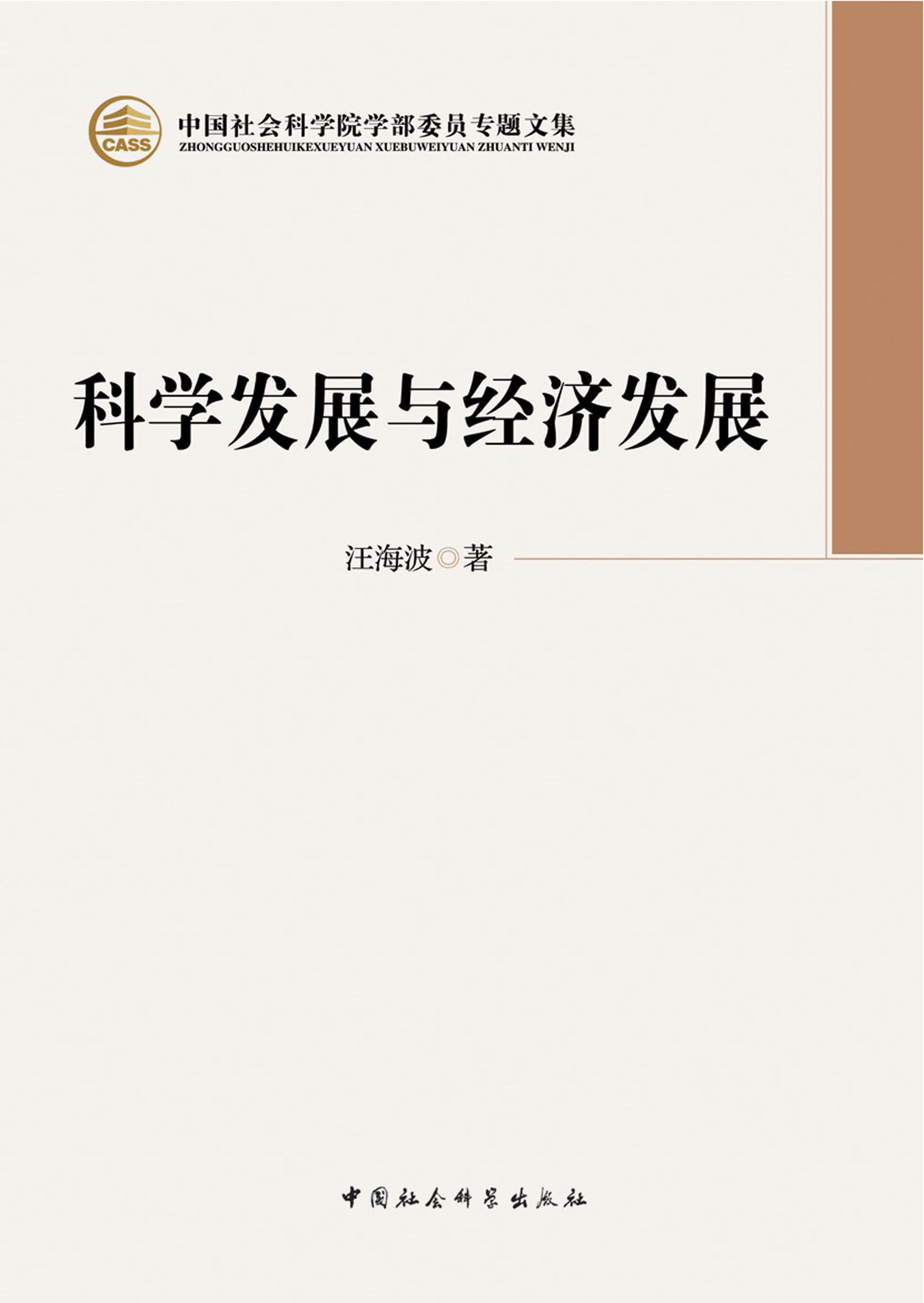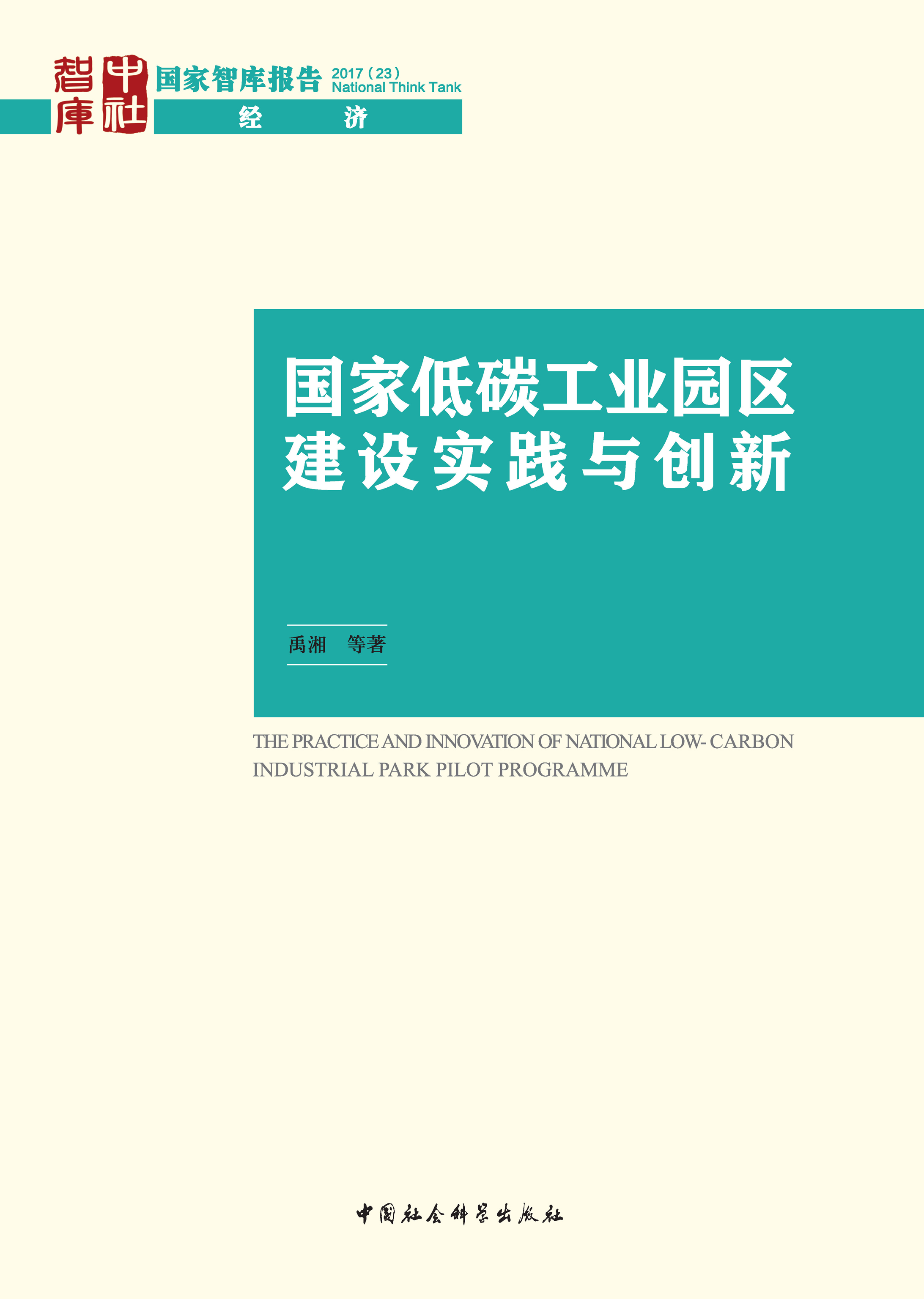内容简介
作者简介
目录
摘要:“一带一路”是中国与有关国家在既有双多边机制和区域合作平台上,共同打造政治互信、经济融合、文化包容的利益共同体、命运共同体和责任共同体的倡议。自2013年“一带一路”倡议提出以来,中国已同80多个国家和组织签署了共建“一带一路”政府间协议,“一带一路”中蒙俄经济走廊、新亚欧大陆桥经济走廊、中国—中亚—西亚经济走廊、中巴经济走廊、孟中印缅经济走廊以及中国—中南半岛经济走廊六大经济走廊沿线的65个国家和地区从东向西横贯亚洲、中东欧和北非,为中国企业“走出去”提供了广阔的舞台。据商务部统计,2017年,中国企业共对“一带一路”沿线的59个国家非金融类直接投资143.6亿美元,中国在“一带一路”沿线的国家级境外经贸合作区新增19个,入园企业增加2330家,上缴东道国税费11.4亿美元,中国海外园区建设功不可没。然而,与国外先进海外园区相比,中国海外园区仍然存在战略统筹不足、商业模式不清、发展要素集聚不够、高质量园区不多的“四不”问题。因此,如何按照党的十九大对“一带一路”建设提出的新要求,科学评估中国海外园区发展绩效和增长潜力、规避中国海外企业和园区发展风险、制订统筹发展战略、打造适用的管理模式、提升园区发展水平与治理能力、丰富“一带一路”的内涵、扩大“一带一路”倡议的国际影响,也就成为新时期全球政界、学界、商界关注的焦点。为此,本报告遵循历程、条件、评估、对策的写作思路,从“一带一路”倡议下中国海外园区发展历程、面临的机遇与挑战入手,构建了由投资环境、发展绩效、增长潜力三大领域、16个具体指标构成的中国海外园区建设综合评价指标体系,并以此为依据,对81家中国海外园区和“一带一路”六大经济走廊沿线国家和地区的45个中国海外园区进行了评估分析,并提出了“抱团出海”等推进“一带一路”沿线国家中国海外园区建设的对策建议,以期为中国海外园区科学、健康发展提供参考。关键词:“一带一路”;海外园区;海外投资;对外合作;指标体系Abstract:“Belt and Road”is the initiative that can promotes common development through international cooperation which was launched by China in 2013.It is the initiative that can build a community of shared interests,destiny and responsibility featuring mutual political trust,economic integration and cultural inclusiveness.Based on the existing bilateral mechanism,multilateral mechanisms and regional cooperation platforms,the Initiative will focus on jointly building a new Eurasian Land Bridge and developing China-Mongolia-Russia,China-Central Asia-West Asia and China-Indochina Peninsula economic corridors by taking advantage of international transport routes,relying on core cities along the Belt and Road and using key overseas industrial parks as cooperation platforms.Covering 65 countries and regions from east to west across Asia,Central and Eastern Europe and North Africa,the Belt and Road Initiatives are providing a broader stage for Chinese enterprises and China's Industrial Parks to“go global”.According to the statistics of the Ministry of Commerce,Chinese enterprises made a total of 14.36 billion U.S.dollars of non-financial direct investment in the countries that along the Belt and Road Initiatives in 2017,and 19 new China's Overseas Economic and Trade Cooperation Zone were born 2,330 China's Overseas enterprises found their home in the industrial park,and their turned over 1.14 billion US dollars tax to the host country.With these great achievements in overseas investment and foreign cooperation,there are still problems of“four noes”compared with advanced parks overseas,such as incomplete strategic co-ordination,unidentified business models,insufficient development agglomeration and inadequate high-quality overseas parks in China's Overseas Industrial Parks; There-fore,how to avoid risks and solve these problems that are inevitable in development,how to scientifically assess the development performance and growth potential,how to formulate the overall development strategy and create suitable management models,how to enhance the development level and governance capacity of China's overseas parks to enrich the connotation and expand the influence of the“Belt and Road Initiative”will be the focus of the political,academic and business communities all over the world in the new era.With the leading framework of process,conditions,evaluation,countermeasures in this book,we reviewed the development course of China's Overseas Industrial Parks,analyzed the opportunities and challenges of China's Over-seas Industrial Parks under the Belt and Road Initiatives.Then we constructed a comprehensive evaluation index system based on 16 specific indicators and 3 factors which consisting of investment environment,development performance and growth potential.What is more,we evaluated the development of 81 Overseas Industrial Parks all over the world and 45 China's Overseas Industrial Parks around the 6 major economic corridors along the“One Belt and Road”.And proposed some count measures to promote the construction of the China's Overseas Industrial Parks which along the Belt and Road,with a view to providing reference for theirs scientific and healthy development.Key words: the Belt and Road Initiatives;China's Overseas Industrial Parks; Overseas Investment; Foreign cooperation; Index System
全部显示∨
胡浩,男,1984年10月生,河南省周口市人,北京师范大学人文地理学博士,中国社会科学院区域经济学博士后,现任华东师范大学城市发展研究院副研究员,北京师范大学中国周边地缘研究中心兼职研究员,Chinese Journal of Urban and Environmental Studies等期刊匿名审稿人。长期关注和从事城市地理、区域经济、全球化与地缘环境、产业规划与布局等方面研究;在国内外学术期刊上公开发表论文近50篇,参与出版学术著作5部,主持或参与博士后科学基金、国家自然科学基金、国家社会科学基金、国家科技支撑项目、国家部委及地方政府委托课题30余项;曾获省市级自然科学技术学术成果奖、优秀学术论文3项,多项研究成果被国家部委和地方政府采纳使用。
全部显示∨
一 园区发展历程与存在问题(一)发展历程1.探索发展期(1990—2004年)
2.调整发展期(2005—2012年)
3.加速发展期(2013年—至今)
(二)存在问题1.战略统筹不足
2.高质量园区不多
3.商业模式不清
4.发展要素集聚不够
二 机遇与风险(一)发展机遇1.企业海外投资的可能性在增大
2.企业海外市场开拓有了新空间
3.企业海外投资的风险有所减少
4.企业“走出去”成本有所降低
5.企业“抱团出海”有了新支撑
(二)面临的风险1.政治风险
2.经济风险
3.社会文化风险
4.企业环境风险
三 园区类型与分布(一)园区类型1.加工制造型
2.资源利用型
3.农业开发型
4.商贸物流型
5.技术研发型
6.多元综合型
(二)园区分布
四 园区发展评价(一)评价指标体系1.投资环境指标
2.发展绩效指标
3.增长潜力指标
(三)园区排名
五 园区发展的对策建议(一)强化规划和统筹
(二)重视规范和提升
(三)鼓励多元化创新
(四)防范投融资风险
附录附录1 “一带一路”沿线国家和地区中国海外园区一览表
附录2 “一带一路”沿线部分海外园区入驻企业一览表
附录3 中国海外园区建设发展的相关政策性文件与优惠政策一 中国政府下发的海外园区建设相关政策性文件
二 国内主要优惠政策及部分海外国家相关优惠政策
三 部分海外园区优惠政策
附录4 海外园区建设排名一 中国海外园区50强
二 接受中国投资企业数量最多的国家或地区100强
三 中国各省市自治区海外投资情况排名
附录5 2013—2017年中国海外园区建设大事记
